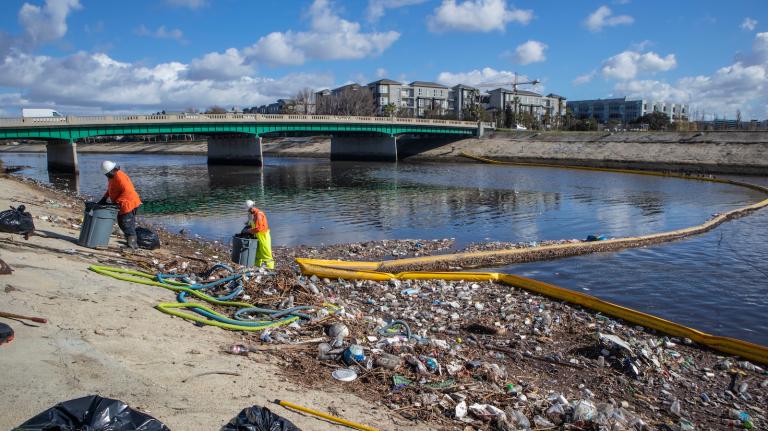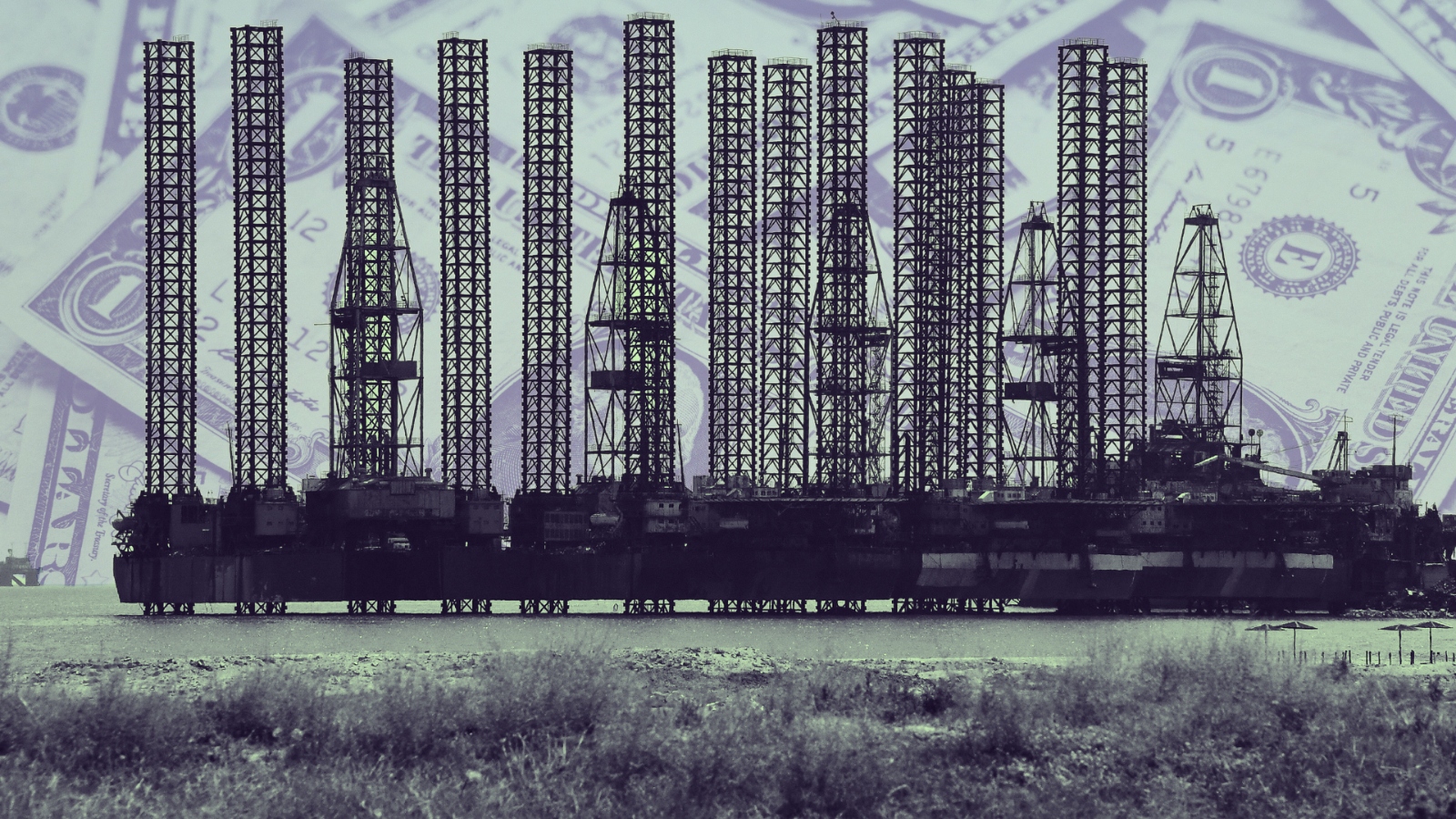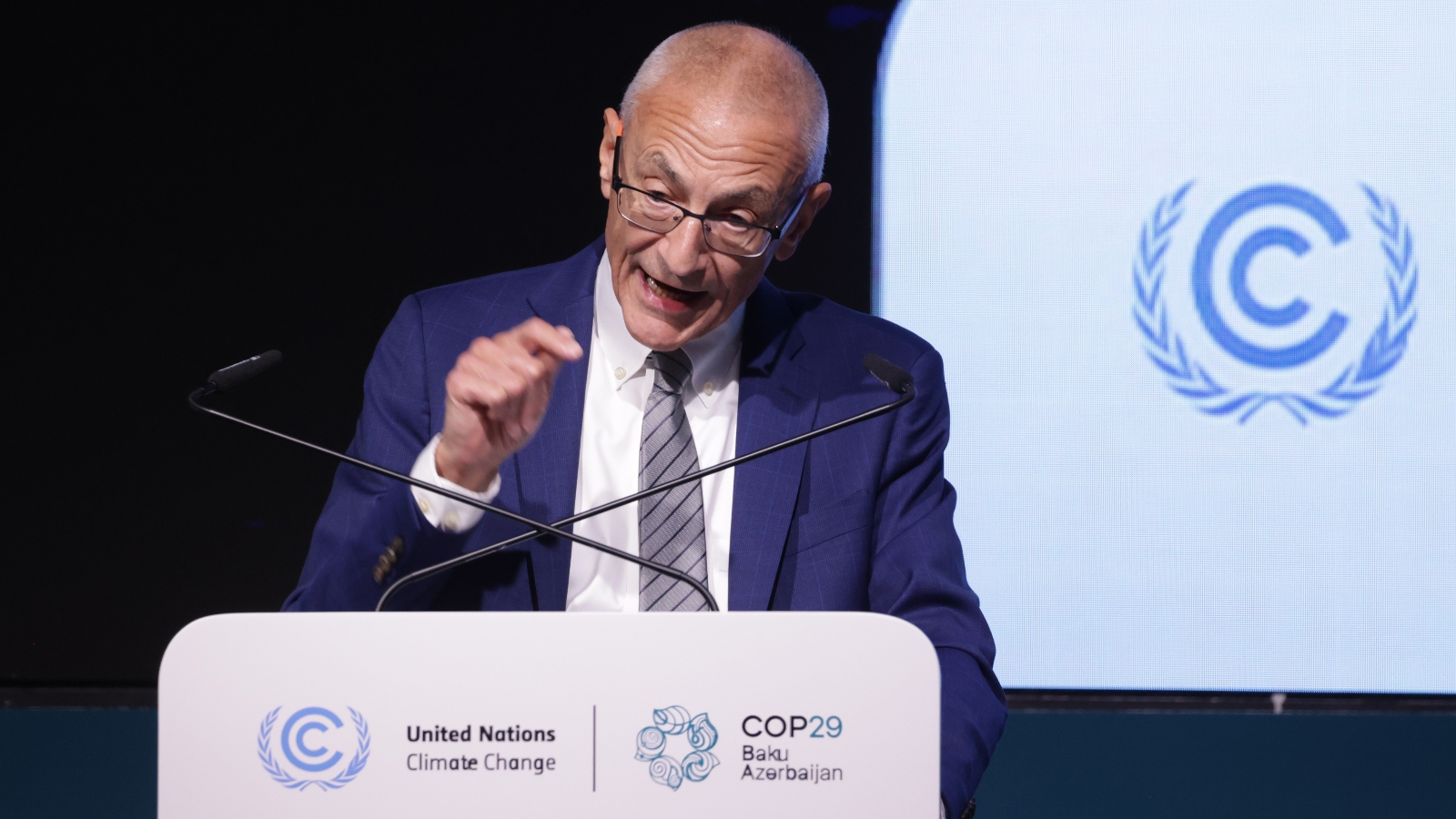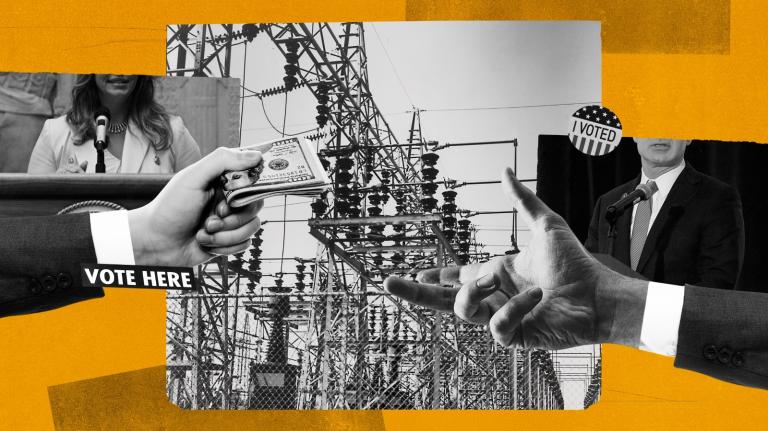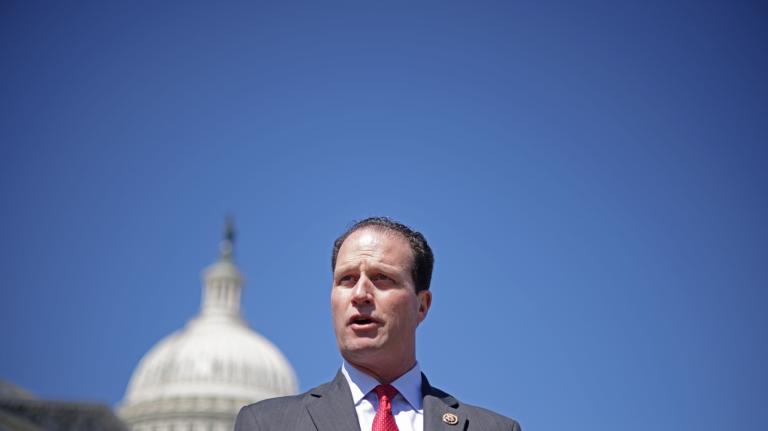Less than a hundred miles from where world leaders are discussing how to meet their climate pledges, BP is drilling for gas.
The Shafag-Asiman project, a sprawling gas field off the Azerbaijani coast, could inject more than 1 billion metric tons of carbon into the atmosphere, striking a major blow to efforts to slow global warming.
BP has said it intends to invest heavily in new oil and gas fields in the coming years. But it would be unable to pursue these dirty projects without billions in support from big banks. Citigroup, JPMorgan Chase, and Wells Fargo, along with a number of other banks, all helped BP raise more than $5 billion last year.
Banks will be in focus at COP29 in Baku, Azerbaijan, as world leaders discuss how to raise hundreds of billions of dollars for countries suffering the effects of climate change.
Although talks are unlikely to address their continued support for dirty energy, more than 140 banks worldwide have pledged to cut emissions associated with their lending and investments to almost zero by 2050.
In May 2021, the International Energy Agency, the global body coordinating countries’ energy policies, sounded the alarm. Any new oil and gas developments would make it inevitable that temperatures would rise by more than 1.5 degrees Celsius. In other words, they would devastate the planet.
Meanwhile, at BP’s Shafag-Asiman field, engineers were celebrating after finding fossil gas several thousand meters under the seabed. And the bankers were preparing to raise billions more for BP.
That’s not all. Since May 2021, global banks that have committed to net-zero have poured almost $1 trillion into companies pursuing expansion of oil and gas projects that would push the world beyond its survivable limits. Taken together, these projects would produce almost seven times the annual emissions of the U.S., according to an analysis by The Bureau of Investigative Journalism, or TBIJ.
“It’s indefensible,” said John Lang, founder of the Net Zero Tracker that evaluates big companies’ net-zero plans. “There’s no way we can meet the temperature goals of the Paris Agreement if we continue financing the exploration of oil and gas.”
He said banks with net-zero commitments covering direct and indirect emissions could not fund oil and gas expansion. “It’s greenwashing, plain and simple.”
It was at COP26 three years ago that a number of major banks first pledged that by 2050, they would cut almost all the emissions from their lending and investments to zero and invest in financial products to offset the remaining emissions — which has come to be known as “net-zero.” Citigroup, for instance, said it would do this in part by helping its clients transition away from fossil fuels and by stopping funding companies that do not.
Many of the banks trumpet their net-zero credentials in public. But Nigel Topping, a member of the U.K.’s Climate Change Committee, explained that even when banks commit to cutting emissions associated with their financing in line with net-zero, “it doesn’t stop them from financing companies that are continuing to expand [oil and gas production].”
Citi’s chief executive, Jane Fraser, has said: “As the world’s most global bank, we can help drive the transition to a net-zero economy and make good on the promise of the Paris Agreement.” The bank says it has already beaten its 2030 target and cut CO2 emissions associated with energy clients by 38 percent between 2020 and 2022. But the funds it continues to raise for fossil fuel expanders threatens to lock in oil and gas production — and their emissions — well beyond 2030.
Take its support for BP, which announced record profits in February last year and promptly announced it would scale back its climate commitments and increase investments in oil and gas. It then enlisted the help of Citi and a host of other “net-zero” banks to raise $5.3 billion — and went on to invest $4.8 billion in its oil and gas operations in the first half of this year.
BP also announced the first oil to be extracted from a new platform in Azerbaijan’s sector of the Caspian basin, which is expected to be operating until at least 2049, just a year before the world is supposed to have cut its dependence on fossil fuels.
BP did not respond to a request for comment. JPMorgan Chase, Wells Fargo, and Citigroup declined to comment.
More than 180 companies expanding fossil fuel production have raised money from banks that have committed to net-zero since May 2021, according to an analysis of data from the environmental campaign group Rainforest Action Network. Their expansion projects are spread across the globe, from ConocoPhillips in the Arctic Circle to Petrobras near the mouth of the Amazon River and Shell in the U.K.’s North Sea.
A TBIJ analysis of the Global Oil and Gas Exit List, compiled by environmental campaign group Urgewald, shows these expansionary projects could produce almost 90 billion barrels of oil equivalent, which scientists say should stay in the ground. Around half of that is oil and half is gas, according to Urgewald, and calculations suggest it could generate more than 34 billion metric tons of CO2 emissions when burned.
Topping said: “The fundamental problem is that the transition is not driven by regulation. … The only people who can make companies change are regulators, and the regulators are letting us down.”
